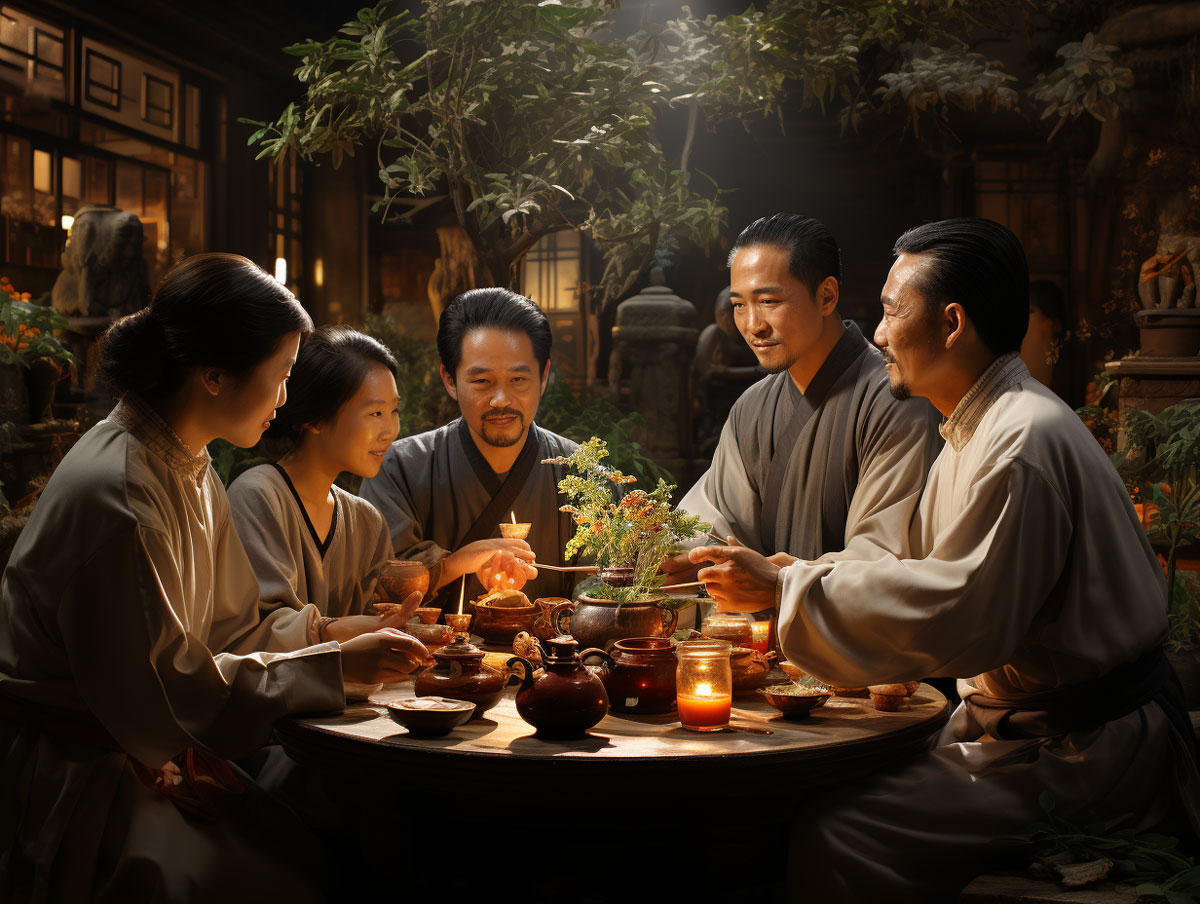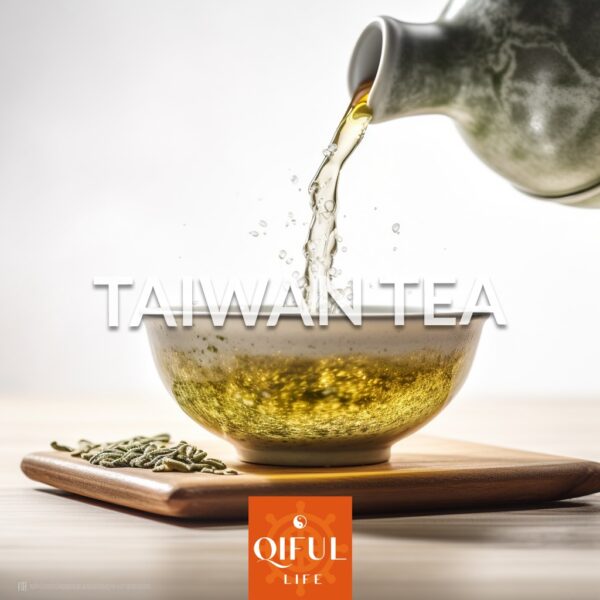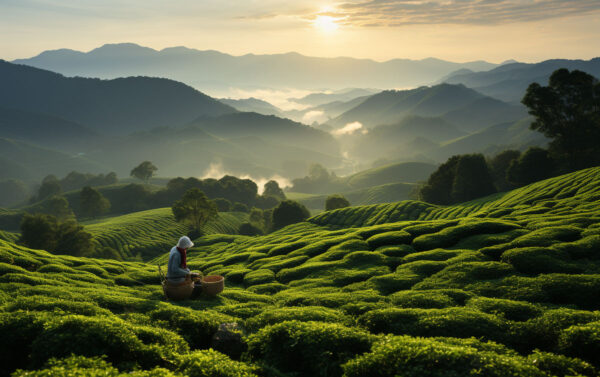Gourmet Tea » Tea Blog » Tea Information » Combining Tea and Food from a Chinese Perspective

Combining Tea and Food from a Chinese Perspective
Tea and food of hand in hand. The use of tea as both a beverage and a culinary ingredient dates back to ancient times. In this article we look at the historical and cultural history of combining tea and food.
Historical Roots
In ancient China, tea initially served as a form of medicine, linking food and medicine closely. Historical texts like Lüshi Chunqiu emphasized the importance of nutrition in maintaining health and recognized the shared origins of medicine and food. Early references, such as those from the Tang Dynasty, show that people mixed tea with rice to complement food flavors. Ji Xiaolan, a prominent Qing Dynasty scholar, included tea in his daily diet, highlighting the practice of consuming tea as both food and beverage.
Tea’s Role in Cuisine
Tea was believed to “nourish the plain tastes of rice and vegetables and relieve the greasy and meaty flavors,” showcasing its versatility in balancing flavors. Over time, inspired chefs began incorporating tea into dishes, creating a new culinary tradition. By the end of the Qing Dynasty, tea, such as Longjing, was already used in cooking, as seen in dishes like “Longjing Shrimp.”
Four Ways of Using Tea in Food
- Frying or baking with fresh tea leaves infuses various dishes with tea flavors.
- Adding tea to soups and stews enhances them with a distinct tea taste.
- Milling tea leaves into fine powders allows for their use in sweets and desserts.
- Burning tea under food imparts a smoky tea flavor to the dish.
Matching Tea Types with Food
Different types of tea, such as red, green, pu’er, and oolong, pair well with specific dishes based on their flavors and characteristics. For example, Tie Guanyin oolong tea, known for its orchid aroma, complements dishes like dumplings. Green tea suits fried shrimp and steamed fish, while pu’er tea works well in soy sauce-based stews. Tea cuisine demands careful consideration of the tea’s nature and flavor profile to enhance the dining experience.
Considerations for Cooking with Tea
Use tea in moderation to avoid overly bitter dishes or loss of the tea’s fragrance. Adjust other seasonings like green onions, ginger, garlic, and spices to complement the tea’s flavor. Match the warmth or cooling properties of tea with the characteristics of the main ingredients. For instance, cooling seafood pairs well with cooling green tea, while warming oolong complements dishes like camphor-tea duck. Tofu generally does not pair well with tea flavors and is not recommended for tea cuisine. Cooking with tea requires an understanding of the nuances of different tea types and the ingredients they pair with. Skillfully matching tea and food creates dishes that are both delicious and potentially offer health benefits.






